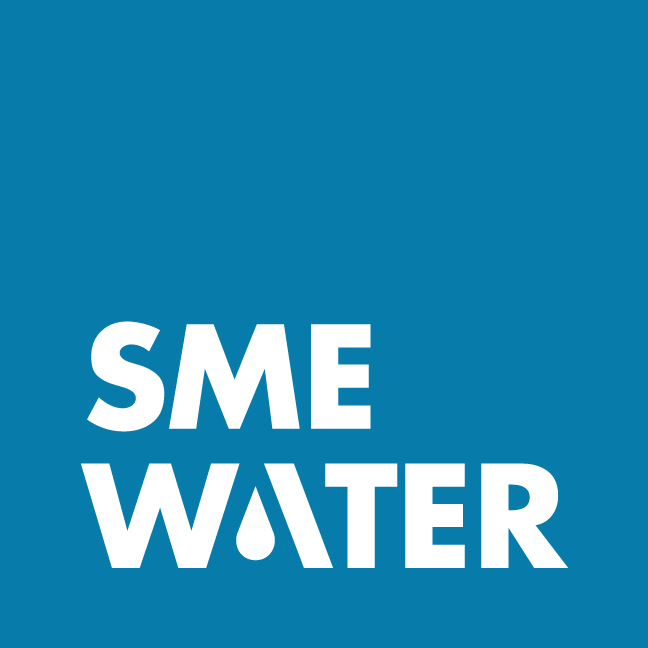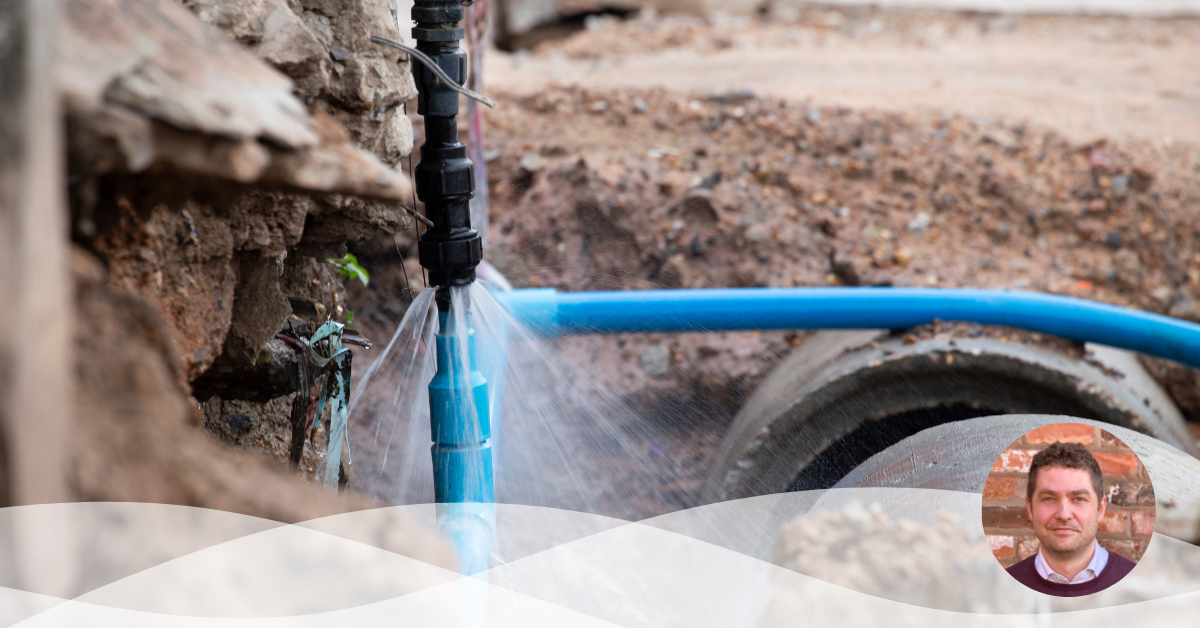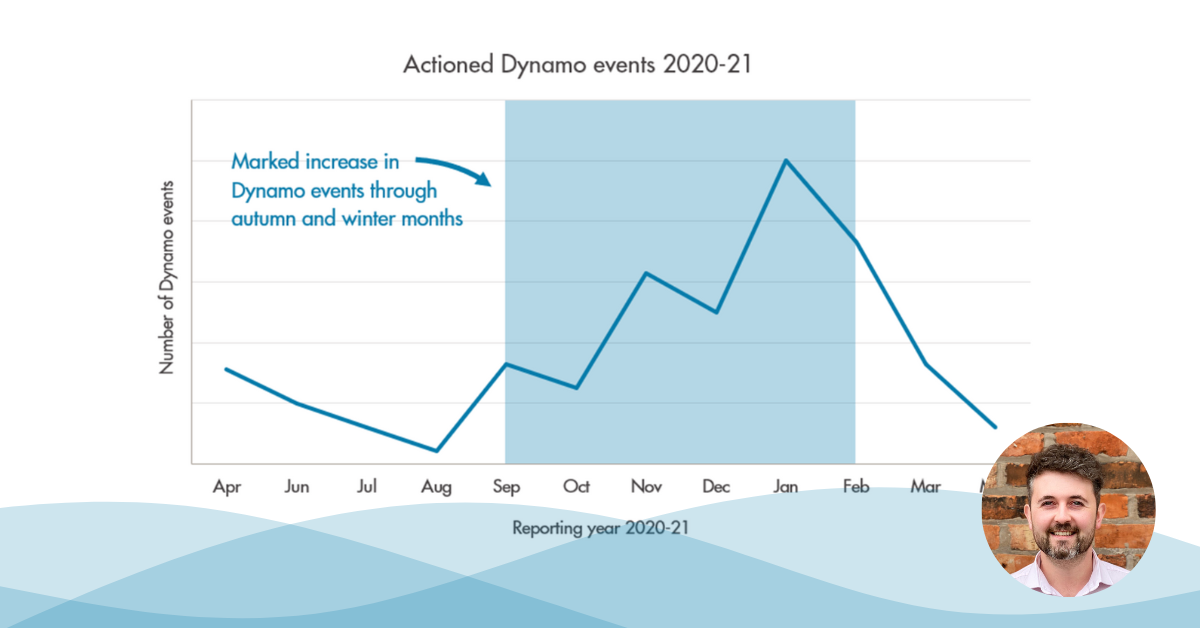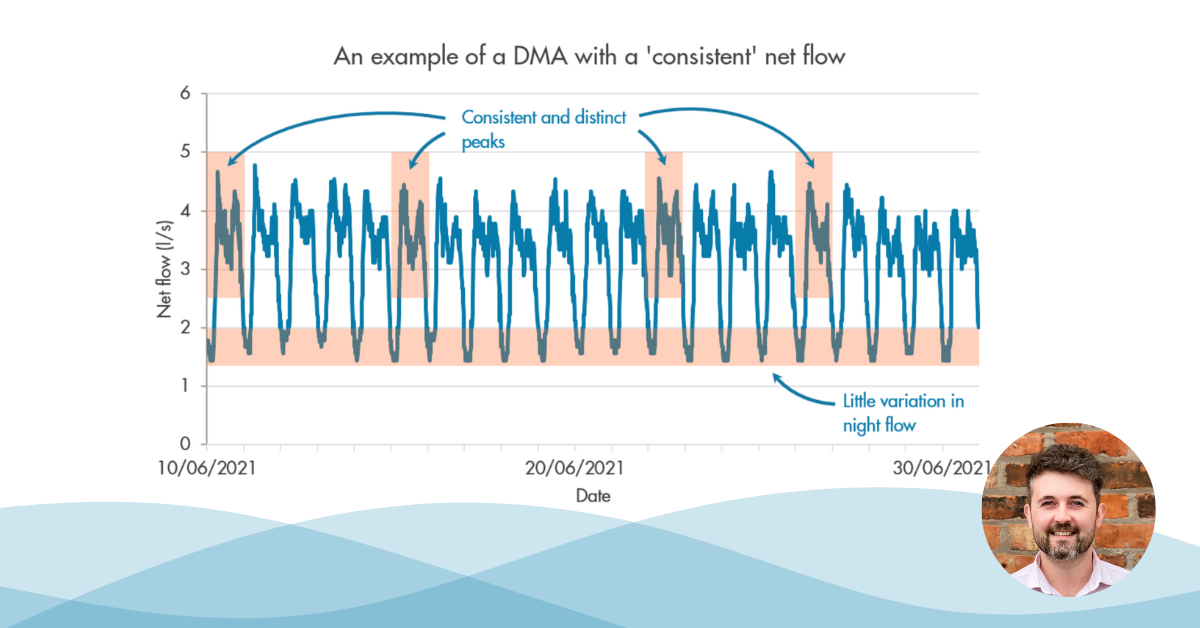Over the past two years, we have seen significant investment by UK water companies in network monitoring as part of their AMP7 strategy to reduce leakage. This has involved large scale deployments of acoustic and pressure logging, with many companies intending to expand this further over the next few years.
We are currently working with a number of UK water companies to deploy our Dynamo solution to deliver leakage benefits from pressure logging. So, what delivers the best benefits acoustic or pressure logging?
Situation
We know that acoustic logging requires a high concentration of fittings for deployment and works best on metallic mains. Pressure logging is effective on both plastic and metallic mains and requires fewer sensors, so can be used in rural environments where fittings are fewer and further apart. However, the pressure solution does require a reduction in pressure as a result of the change in flow being investigated, so in networks with oversized mains or a lot of resilience (loops) this can be less effective.
Cost
The capital cost of establishing network modelling is significant and the maintenance of these logging fleets will form a large operational cost for water companies in AMP7.
Comparing the two systems, the unit cost of a pressure logger has typically been around twice that of an acoustic logger. However, a greater number of devices are required for acoustic logging, averaging 60-80 devices per District Metered Area (DMA), compared with pressure logging, averaging 10-12 devices per DMA. This means that overall, the cost of installing and maintaining a network of acoustic loggers is much greater.
With pressure logger costs expected to drop significantly over the next few years this solution looks increasingly cost effective.
Leak awareness and location
The primary aim of the investment in smart networks in the UK has been to improve awareness and localisation time for new leaks occurring. With a significant number of sensors, acoustic logging can deliver excellent localisation. Some systems offer correlation solutions and have been shown to pinpoint to within a few metres in a perfect scenario. In comparison, pressure logging gives a much wider area of interest, typically an area of a few streets rather than individual pipes, requiring additional investigation on site to localise.
Awareness is important, as a faster response can reduce water lost and the impact on customers. Pressure loggers typically dial in every 15 minutes, compared with the once a day dial in of acoustic loggers. This can provide a reduced awareness time for larger events occurring, giving water companies the opportunity to respond to an event before the customer is aware.
Network understanding
One of the key advantages of pressure logging is that it can be combined with other data sources, including network models, to understand and resolve anomalies on the network. This includes the identification of unaccounted for customer demands, which can be properly metered to reduce reported leakage, as well as identifying open boundary valves and internal valves which may have been left closed as the result of a previous network activity. This network understanding is invaluable in reducing reported leakage in DMAs where other methods have failed. Acoustic logging does not provide any network understanding apart from leak detection.
Conclusion
Acoustic logging can deliver a much smaller search area for new leaks occurring, but that comes at a much greater initial capital cost and ongoing maintenance cost. Whilst pressure logging delivers a wider search area, the lower capital and maintenance costs allow water companies to deliver this benefit across a wider area as well as improving overall network understanding to reduce ‘reported leakage’ that isn’t really leakage.
Improved network monitoring is instrumental in achieving the challenging leakage targets set out for AMP7 and it will be interesting to monitor the development of both technologies. Further investigation to understand where these solutions can be most effective will be valuable in building business cases for further investment throughout the rest of this AMP and beyond.



